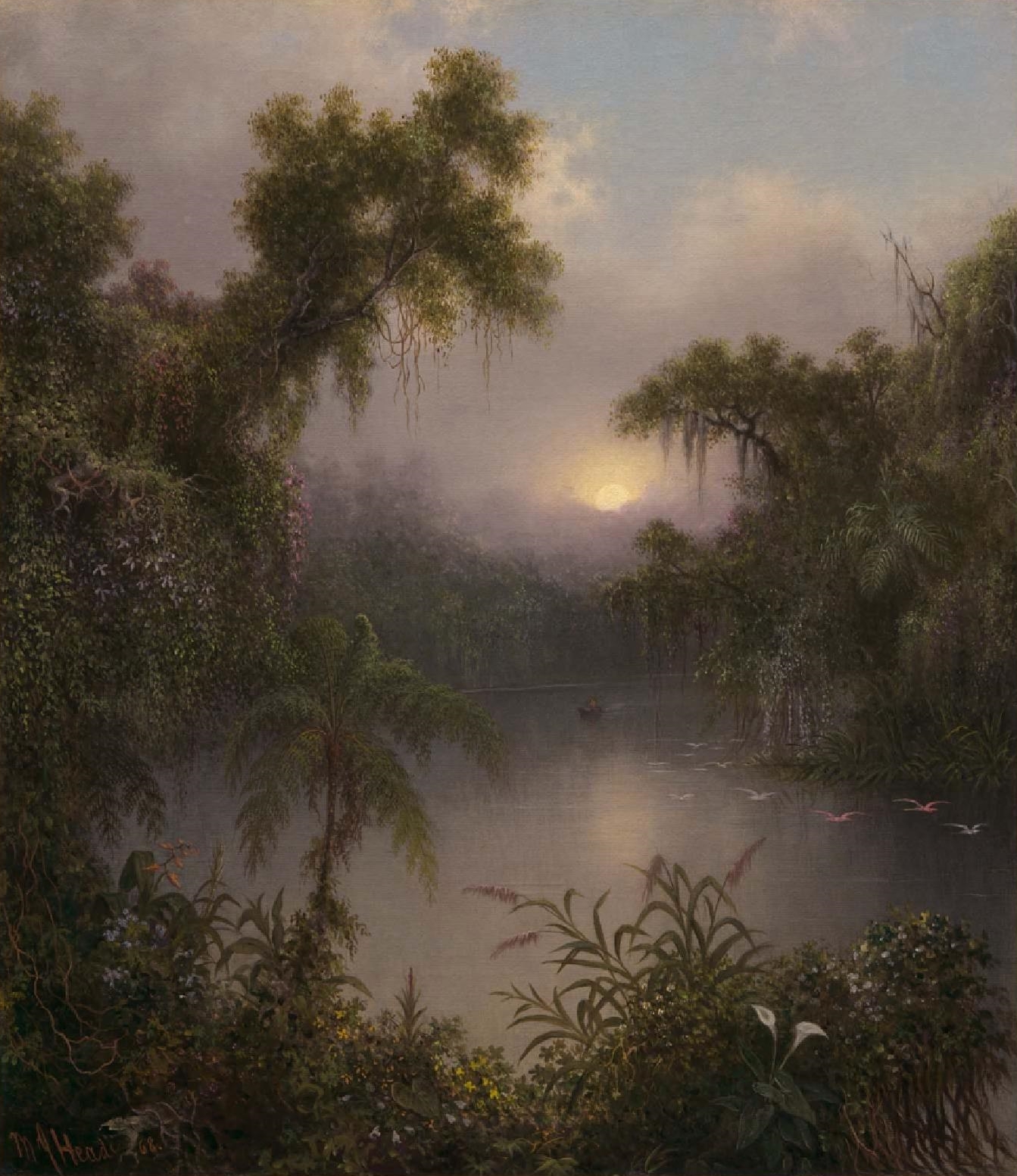Gustav Klimt's decorations for Palais Dumba -Vienna University- were his most controversial and radical paintings. These cosmic dream pictures were attacked for their eroticism and atheism in his lifetime – today they might secure his reputation as a great modernist. But together with other paintings, including Schubert at the Piano (above), they are said to have been burned by the SS in 1945.

Klimt's Schubert am Klavier, burned by the Nazis in 1945

Jules Combarieau: La musica è l'arte di pensare attraverso i suoni
- La musica è l'arte di pensare attraverso i suoni.
- Music is the art of thinking with sounds.

Ernst Barlach | Expressionist sculptor | Degenerate Art

Fritz Klimsch | Figurative sculptor
German sculptor Fritz Klimsch (1870-1960) trained at the Königliche Akademische Hochschule für die bildenden Künste (Royal Fine Art Academy) in Berlin in the drawing class taught by the painter Ernst Hancke and in the modelling class under Albert Wolff.
From 1887-1890 he was a pupil of Fritz Schaper's.
While still a student, the young sculptor produced his first important work, winning awards and his first taste of recognition.

Alberto Manfredi | Cubo-futurist painter
Italian painter🎨 and engraver Alberto Manfredi (Reggio Emilia, 1930-2001) after graduating at the University of Bologna was, for many years, professor of etching at the Fine Arts Academy in Florence.
He was one of the most respected and refined painters and print-makers in Italy. Manfredi frequently met Giorgio Morandi and made many portraits of him.
He moved also in literary circles and as a result illustrated over a hundred literary works and 'livres d’artiste'.
He held many exhibitions of his paintings which received critical acclaim (the critic Maccari wrote 'Manfredi is one of the very few painters who still knows how to draw').
As a result of his fine draughtsmanship he became a very accomplished printmaker of etchings, drypoints and linocuts, with a wonderful sense of the use of colour.
His subjects include portraits, landscapes, animals and female figures and a number of catalogues have been published by leading galleries in which he exhibited, in Italy and France.

Martin Johnson Heade | Landscapes
From: Thyssen-Bornemisza National Museum
The American painter Martin Johnson Heade (1819-1904) started out as a portraitist and took up landscape painting late in life.
He spent three years travelling around Europe during his formative years.
This first Grand Tour marked the start of an itinerant lifestyle which he continued to lead throughout his entire existence.
From 1840 to 1859 he lived in Philadelphia, New York, Saint Louis, Chicago, Trenton and Providence.

John Martin | Romantic Landscape painter
John Martin (19 July 1789 - 17 February 1854) was an English Romantic painter, engraver and illustrator. Martin was born in July 1789, in a one-room cottage, at Haydon Bridge, near Hexham in Northumberland, the fourth son of Fenwick Martin, a one-time fencing master. He was apprenticed by his father to a coachbuilder in Newcastle upon Tyne to learn heraldic painting, but owing to a dispute over wages the indentures were cancelled, and he was placed instead under Boniface Musso, an Italian artist, father of the enamel painter Charles Muss.
Iscriviti a:
Post (Atom)



